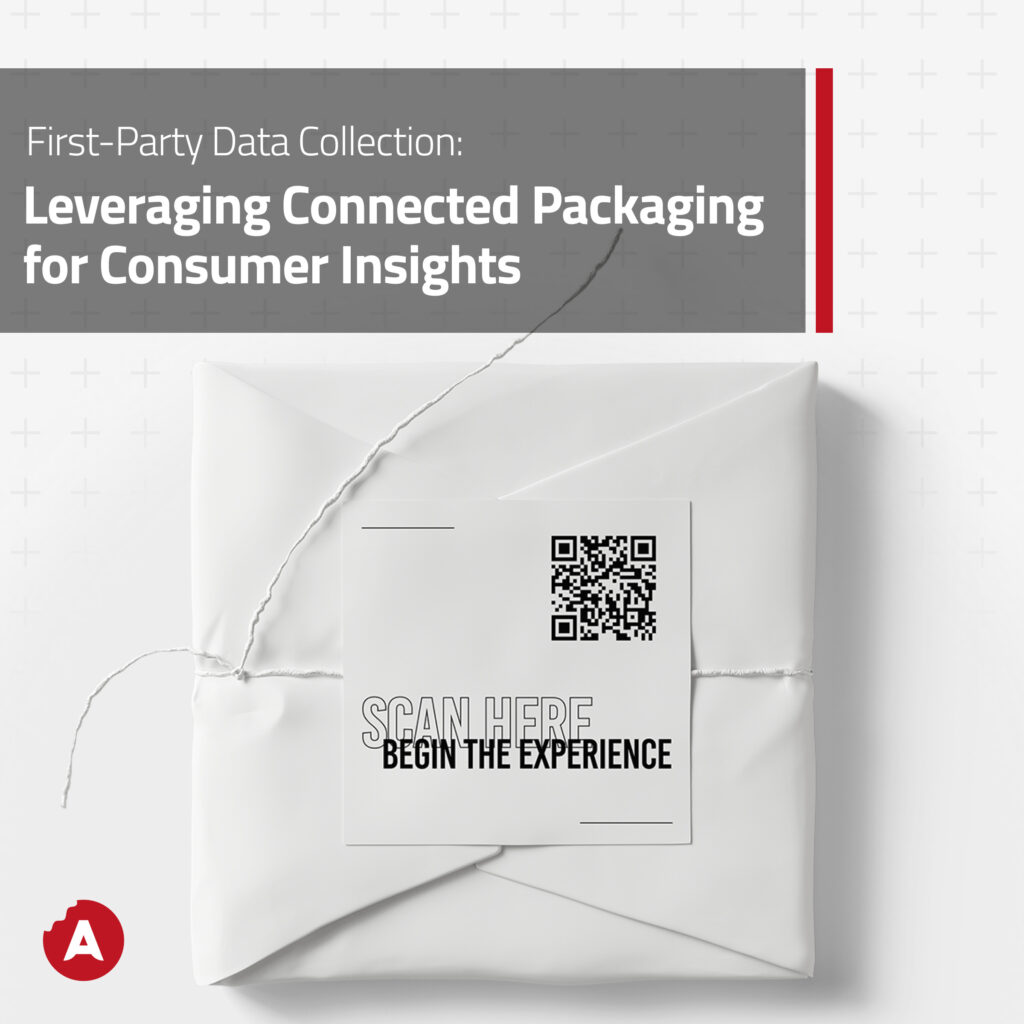
We live in an environmentally conscious world, where consumers are more interested than ever in understanding the impact of their purchases. The rise of connected packaging in the Fast-Moving Consumer Goods (FMCG) sector is meeting this demand, transforming ordinary product containers into interactive tools that educate consumers on sustainability. This innovative approach not only enhances consumer knowledge but also fosters a deeper connection between brands and their customers.
The Role of Connected Packaging in Sustainability
Connected packaging refers to the integration of digital technologies, such as QR codes, NFC tags, and IoT sensors, into product packaging. These technologies enable consumers to access a wealth of information simply by scanning the packaging with their smartphones. In the context of sustainability, connected packaging can provide detailed insights into a product’s lifecycle, including its sourcing, carbon footprint, and recyclability. This transparency helps consumers make informed decisions that align with their values, promoting a more sustainable lifestyle.
Educating Consumers Through Interactive Features
One of the most powerful aspects of connected packaging is its ability to deliver interactive and engaging content. For instance, augmented reality (AR) experiences can bring a product’s sustainability story to life, showing consumers how the product was made, where its ingredients come from, and how it can be responsibly disposed of or recycled. Additionally, digital content such as videos, infographics, and educational games can further enhance the consumer’s understanding and engagement.
Interactive features of connected packaging can educate consumers in several ways:
- Nutritional and Environmental Information: By scanning a QR code or using NFC tags, consumers can access detailed information about a product’s nutritional value and environmental impact. This information can include data on the carbon footprint, water usage, and sustainability certifications.
- Recycling Instructions: Clear and precise recycling instructions can be provided, helping consumers dispose of packaging responsibly. This feature can significantly reduce contamination in recycling streams and improve overall recycling rates.
- Sustainability Tips: Connected packaging can offer tips on how to reduce waste, conserve energy, and make more sustainable lifestyle choices. This information can be tailored to individual preferences and behaviors, making it more relevant and actionable.
Benefits for Consumers and Brands
For Consumers:
- Enhanced Understanding: Consumers gain a better understanding of sustainable practices and the impact of their purchases.
- Increased Engagement: Interactive and educational content makes the shopping experience more engaging and enjoyable.
- Informed Decisions: Access to detailed product information helps consumers make choices that align with their environmental values.
For Brands:
- Brand Trust and Loyalty: Transparency and education foster trust and loyalty among consumers.
- Consumer Insights: Brands can gather valuable data on consumer behavior and preferences through interactions with connected packaging.
- Corporate Responsibility: Demonstrating a commitment to sustainability enhances a brand’s reputation and contributes to broader environmental goals.
Challenges and Future Directions
While the benefits of connected packaging are clear, there are challenges to widespread adoption. Technological barriers, such as the cost of integrating digital features into packaging and ensuring consistent consumer access to the necessary devices, must be addressed. Additionally, brands need to consider consumer privacy and data security when collecting information through connected packaging.
Looking ahead, the future of connected packaging in FMCG is bright. We can expect advancements in technology to bring even more sophisticated and personalized experiences. For example, AI could be used to provide tailored sustainability tips based on individual consumer behavior, and blockchain technology could offer even greater transparency and traceability in supply chains.
Connected packaging in FMCG is revolutionizing the way consumers interact with products and understand sustainability. By transforming packaging into an educational tool, brands can empower consumers to make more informed and environmentally friendly choices. As technology continues to advance, the potential for connected packaging to drive positive change will only grow, making it an essential component of any brand’s sustainability strategy.
Have you encountered connected packaging in your shopping experience? Share your thoughts and stories in the comments below! Support brands that prioritize sustainability and transparency, and take a step towards a more sustainable future.
By embracing connected packaging, we can all play a part in uniting the world to tackle climate change, one informed purchase at a time.
